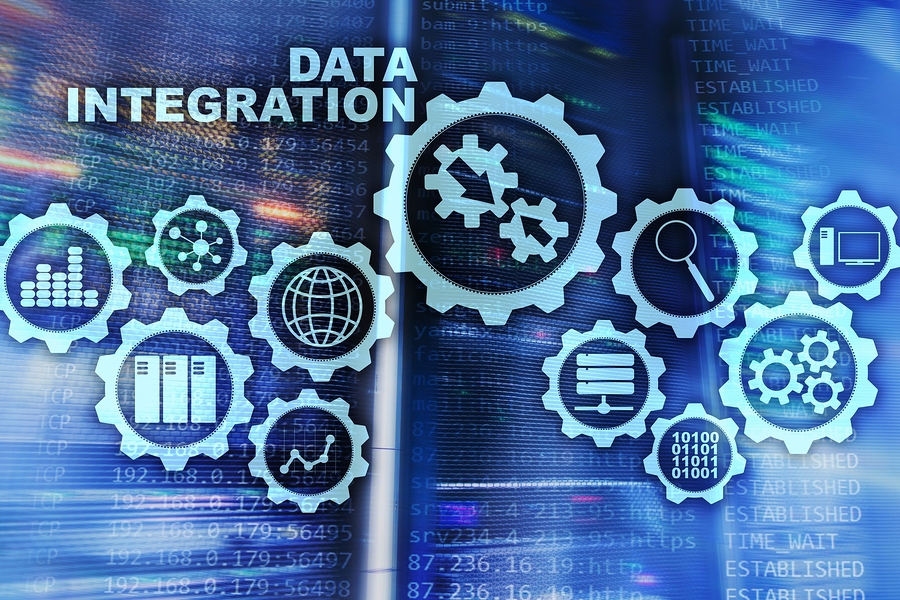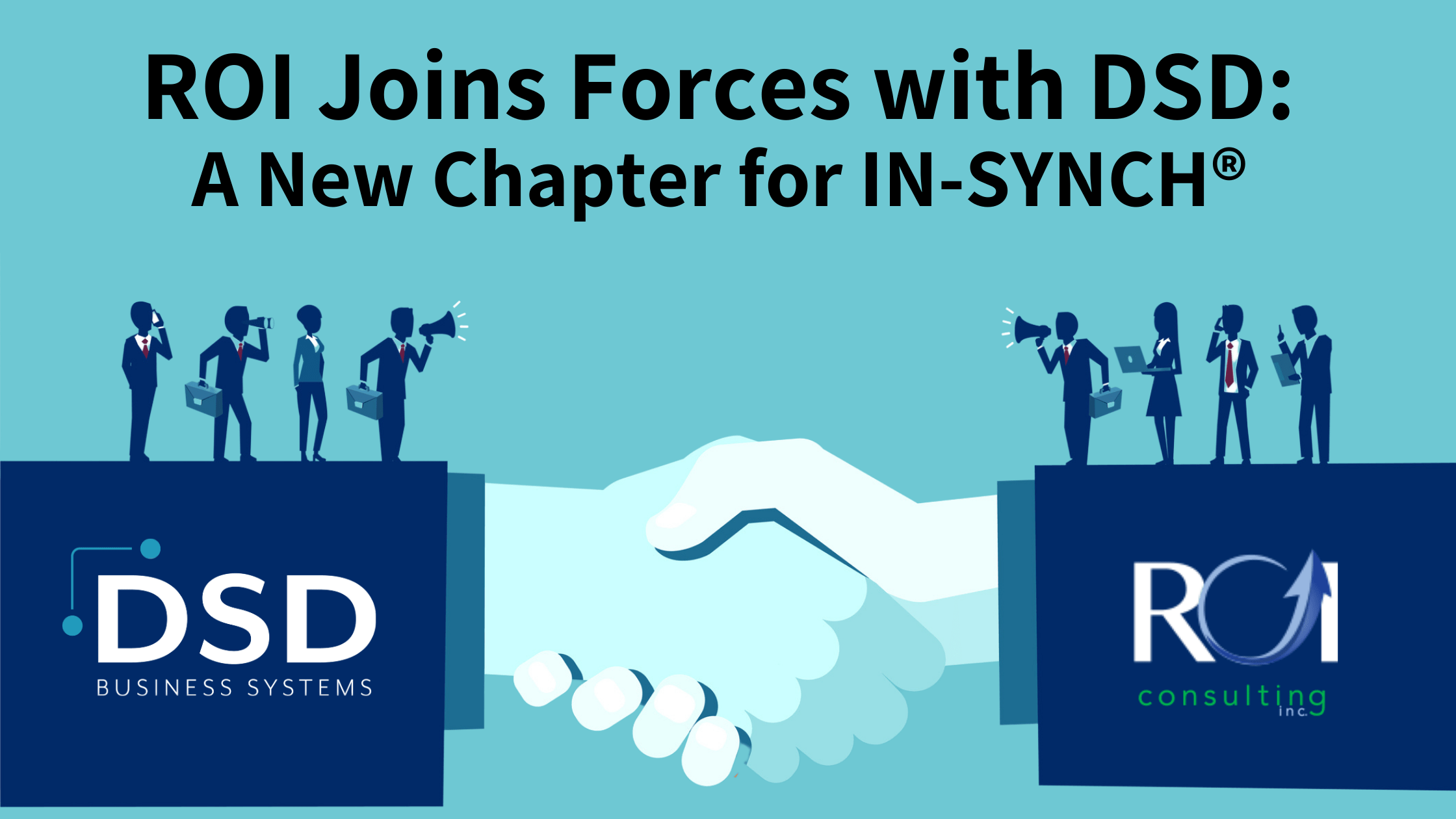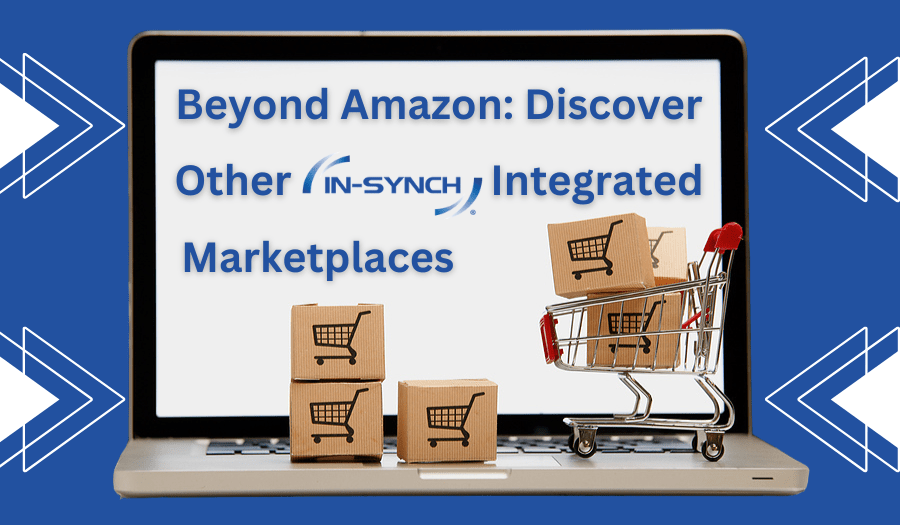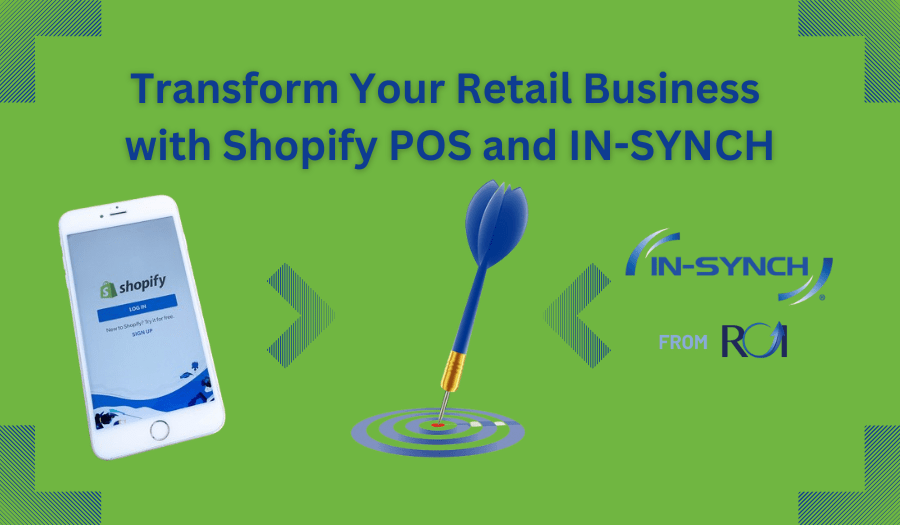By Ruth Richter • October 28, 2020

ERP integration is known for putting together multiple “best of breed” applications to build or strengthen a near-custom ERP solution so companies can automate processes and ultimately increase revenue. Integration proves useful by affecting relationships between ERPs and other systems in order to customize solutions and keep information flowing between disparate systems.
There are many benefits to ERP integration. But what are the challenges, and how can they be avoided?
This is part three of a three-part series. You can read part one here and part two here.
4 Benefits of ERP Integration
ERP integration can be fairly standard from business to business, though some organizations certainly have unique needs. Integration needs may also change in the future; the integration platform a business uses today should be able to scale to support projects in upcoming years as well. Still, by and large, benefits of ERP integration are common:
- Front end data is consistently available across departments
- Inventory levels for both front end (e-commerce) and back end (ERP) are automatically updated
- Real-time, customer-specific implementation of dynamic pricing is achieved
- Easy operation and execution in case of contingencies is available, such as the need for a product that’s out of stock
Perhaps the biggest benefit of integrating ERP with e-commerce is the ability to provide customers with timely information about orders. Customers have real-time access to order status, tracking information, and accurate inventory quantities on the e-commerce site. On the back end, teams are no longer required to manually update all this information, causing delays due to time constraints or errors.
There are even more business benefits to EPR integration:
- Reduce costs: ERPs can automate lengthy processes, improving efficiency and supporting more informed business decisions. The more integrated business data is with the ERP, the better information is collected and presented to transform the business.
- Gain marketing intelligence: Integrating data means that with a few clicks, your ERP can provide data on what customers are purchasing, who is referring them, where they are coming from, additional product purchases, at-risk customers, even customers purchasing trends. All this data drives marketing strategy decisions.
- Improve customer relationships: The customer’s experience is more than just getting the product they want. It’s about feeling listened to, cared for, and respected throughout the entire buying process. Contributing factors that will improve this experience include a responsive ticket tracking system, reliable confirmation page, the ability to follow up with and respond to customers, even account pages within your e-commerce site where users can track past orders, returns, invoices, etc.
Challenges of ERP Integrations
ERP integration also come with a specific set of challenges. Some of these challenges will come up before integration begins, while some won’t occur until after integration is set and running.
Each business needs to decide on its own ERP integration strategy. Since objectives differ from one business to another, integration needs will differ as well. It’s important to ensure goals and operations are aligned and the appropriate ERP is planned or already in use. List out all requirements, noting which ones may be custom integrations so you can be sure the selected solutions are able to perform such connections.
ERP integration is also not a “one and done” process. Business will inevitably expand, resulting in new goals and activities. This might mean data points for the operations also undergo change and modification. As new databases are added or existing data field specifications change, integration must be updated as well in order to ensure data transfers correctly between the ERP and other systems, preventing integration failure.
Integration efforts continue with data standardization across applications. Since each application will provide data in different formats, you may find that a unique data point from one system is not accepted by the ERP as-is, necessitating a standardization across applications. Each time a new system is integrated with your ERP, make sure both systems will accept the data transfers. Once the data standardization challenge is addressed, ERP integration can be considerably smoother.
Mitigate Challenges With IN-SYNCH
The benefits of an ERP integration will far outweigh the challenges, especially if integration is approached with the help of experienced integration experts. The teams at ROI have spent years conducting successful integrations of Sage 100 and Sage 100cloud ERPs using their purpose-built integration solution, IN-SYNCH®.
This real-time, bi-directional integration solution is easily scaled to connect to anything from a single e-commerce platform to multiple solutions including third-party carts, warehouse management systems, and even 3PL provider software. With countless customization and connection options, IN-SYNCH is designed to grow with your business as you integrate other systems with Sage 100.
Find out how IN-SYNCH can build a successful integration for your business. Talk to an integration expert now.




